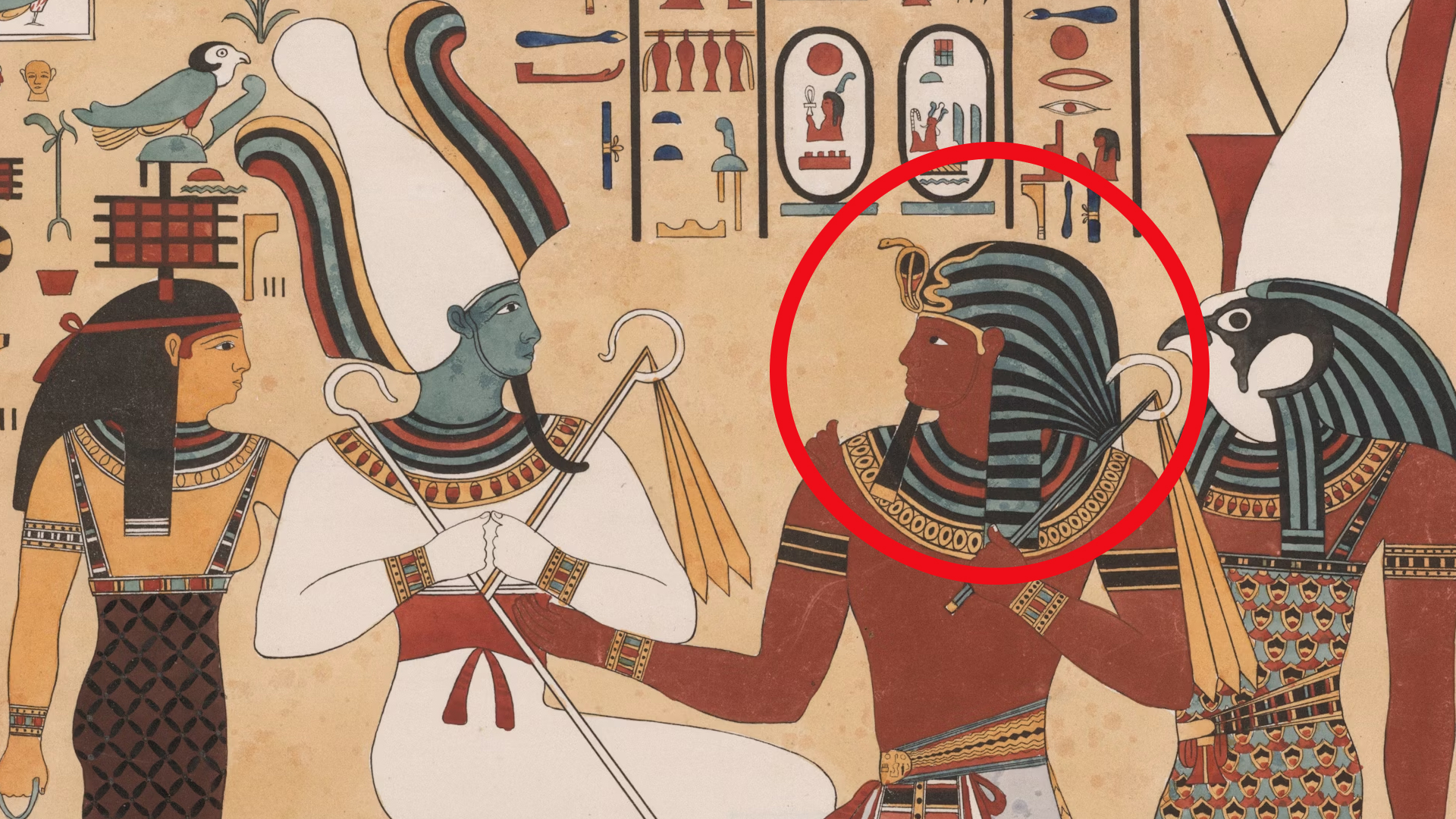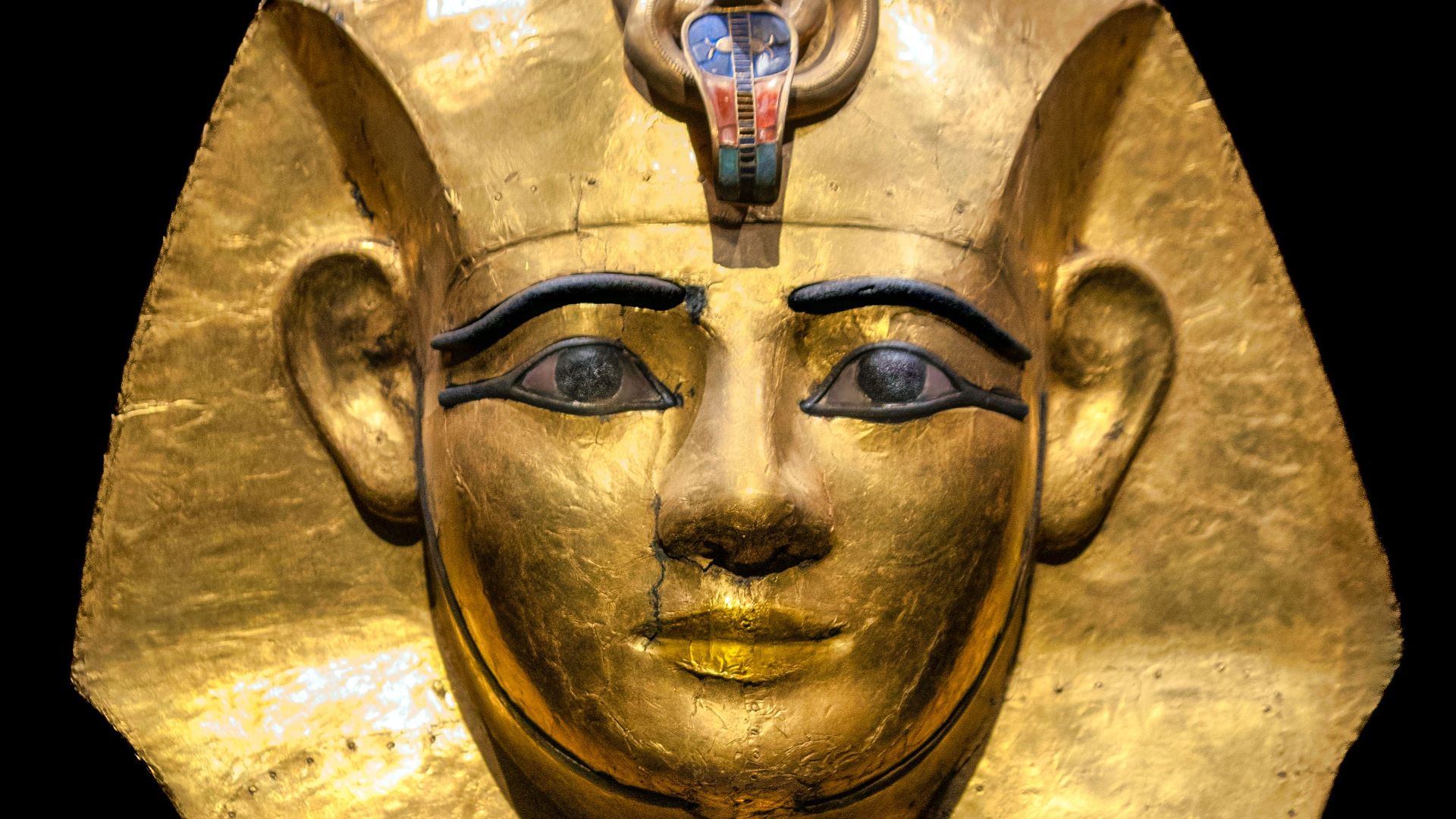Thieves Stole And Melted Down A 3,000-Year-Old Bracelet Belonging To Pharaoh Amenemope
A pharaoh's bracelet slipped through security gaps and made its way to the streets of Cairo, eventually meeting a devastating and fiery end. This isn't just about stolen gold—it's about how easily some are willing to erase the past for quick cash.
The Vanishing Act
In September 2025, museum officials made a stunning discovery while preparing artifacts for an upcoming exhibition in Italy. A 3,000-year-old gold bracelet belonging to Pharaoh Amenemope had mysteriously disappeared from the restoration laboratory of Cairo's famed Egyptian Museum. What followed was a frantic search operation.
The missing bracelet, simple yet historically invaluable, featured a gold band decorated with a single spherical lapis lazuli bead—materials that held profound symbolic significance to ancient Egyptians. The theft sparked immediate outrage across Egypt, where national pride in the country's ancient heritage runs deep.
Tourism and Antiquities Minister Sherif Fathi later revealed in televised comments that the bracelet vanished on September 9, 2025, blaming "laxity" in implementing security procedures. Most alarming was his admission that the restoration laboratory where the theft occurred had no surveillance cameras.
Trail Of Betrayal And Destruction
What happened next revealed a devastating chain of events that turned a 3,000-year-old historical treasure into mere scrap metal. On September 18, Egypt's Interior Ministry announced the results of its investigation, which traced the artifact through a network of traders in Cairo's gold district.
The trail began with a museum restoration specialist who stole the bracelet from a safe and sold it to an acquaintance owning a silver shop in Cairo's Sayyeda Zainab district. This dealer then sold the ancient relic to the owner of a gold workshop for approximately $3,800.
The final transaction saw the bracelet sold for around $4,000 to a worker at another gold workshop, who committed the ultimate act of cultural destruction, melting down the 3,000-year-old artifact to reshape it into modern jewelry.
The Pharaoh And His Lost Legacy
That destroyed bracelet belonged to Pharaoh Usermaatre Amenemope, who ruled Egypt from Tanis in the Nile Delta during the 21st Dynasty, around 993–984 BCE. His reign came during the Third Intermediate Period, an era marked by the decline of the once-prosperous New Kingdom.
Despite his relatively short rule, Amenemope's burial was historically significant as one of only three entirely intact royal burials known from ancient Egypt. The Tanis royal necropolis, where Amenemope was entombed, was discovered in 1940 by French Egyptologist Pierre Montet, though World War II delayed its full excavation.
This archaeological site yielded about 2,500 ancient artifacts, including golden funerary masks, silver coffins, and jewelry that have enhanced our understanding of ancient Egyptian royal burial practices. For Egyptologists, the bracelet's loss is particularly painful.
KEEP ON READING

20 Important Names From World War II You Should Know
Key Players From World War II (For Good or Bad).…
By Cathy Liu Nov 7, 2024
Einstein's Violin Just Sold At An Auction—And It Earned More…
A Visionary's Violin. Wanda von Debschitz-Kunowski on WikimediaWhen you hear…
By Ashley Bast Nov 3, 2025
The One Nobel Prize Nominee History Completely Forgot About
Harris & Ewing on WikimediaThe Nobel Prize in physics is…
By Emilie Richardson-Dupuis Nov 7, 2025
The Mysterious "Sea People" Who Collapsed Civilization
3,200 years ago, Bronze Age civilization in the Mediterranean suddenly…
By Robbie Woods Mar 18, 2025
20 Inventors Who Despised Their Creations
Made It… Then Hated It. Inventors often dream big, but…
By Chase Wexler Aug 8, 2025
20 Incredible Items In The British Museum People Say Were…
Mystery In History. The mighty halls of the British Museum…
By Chase Wexler Sep 8, 2025


